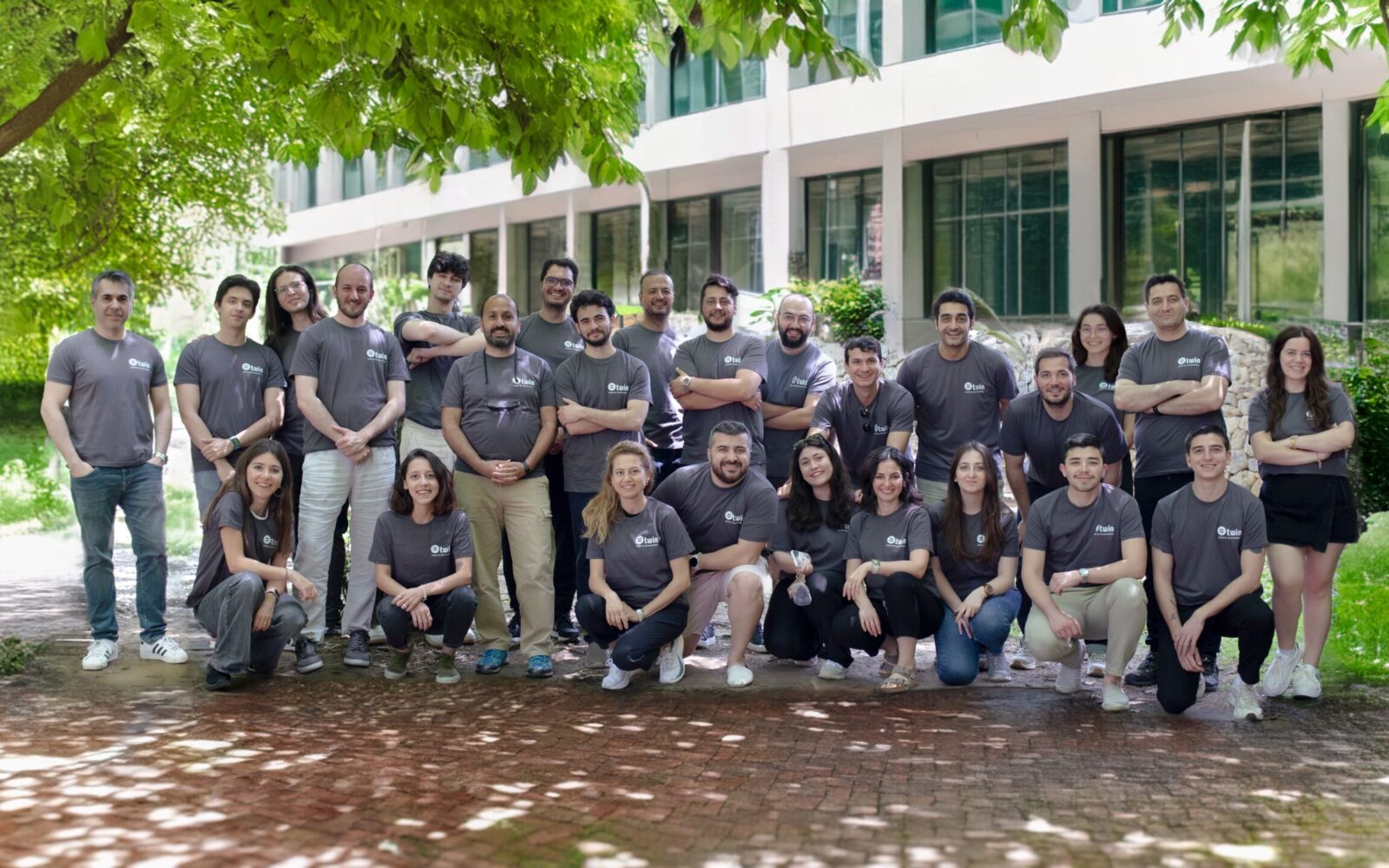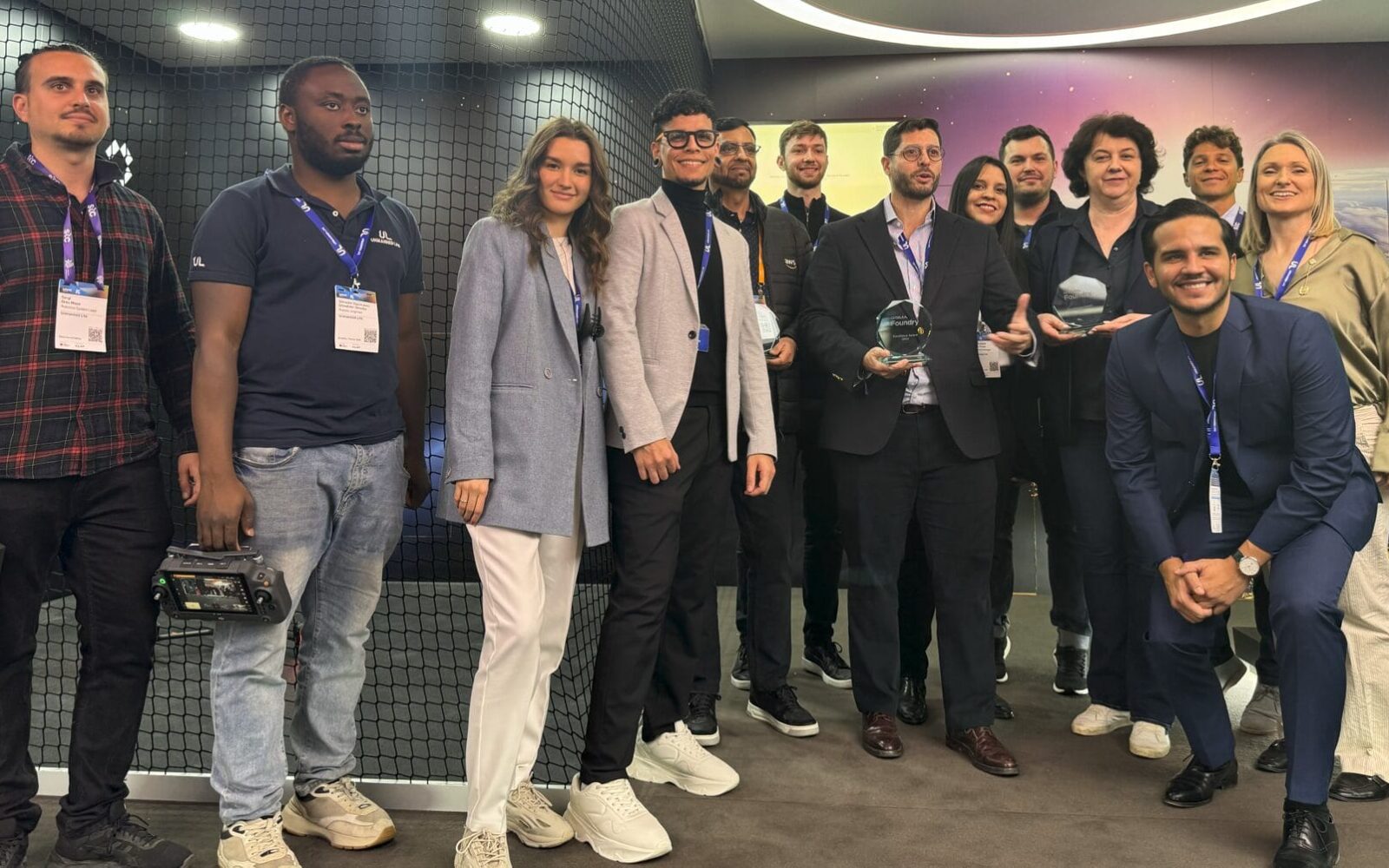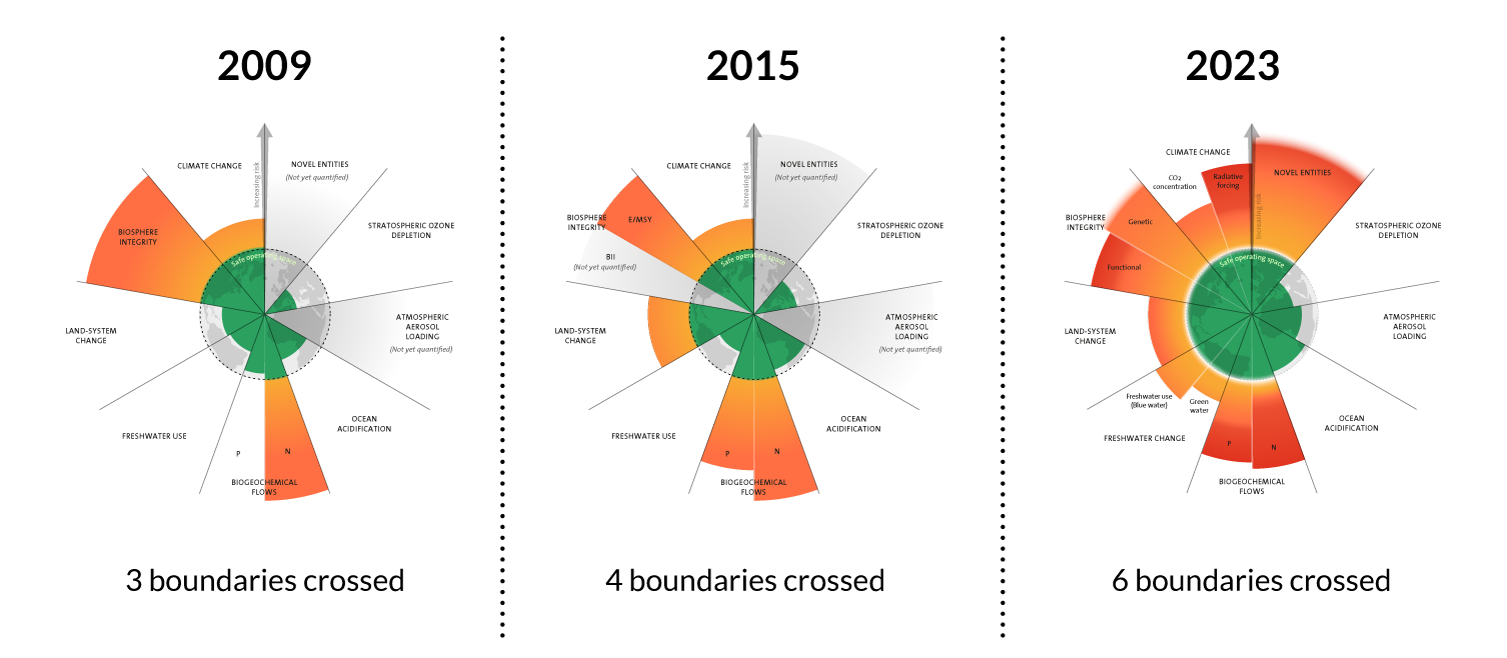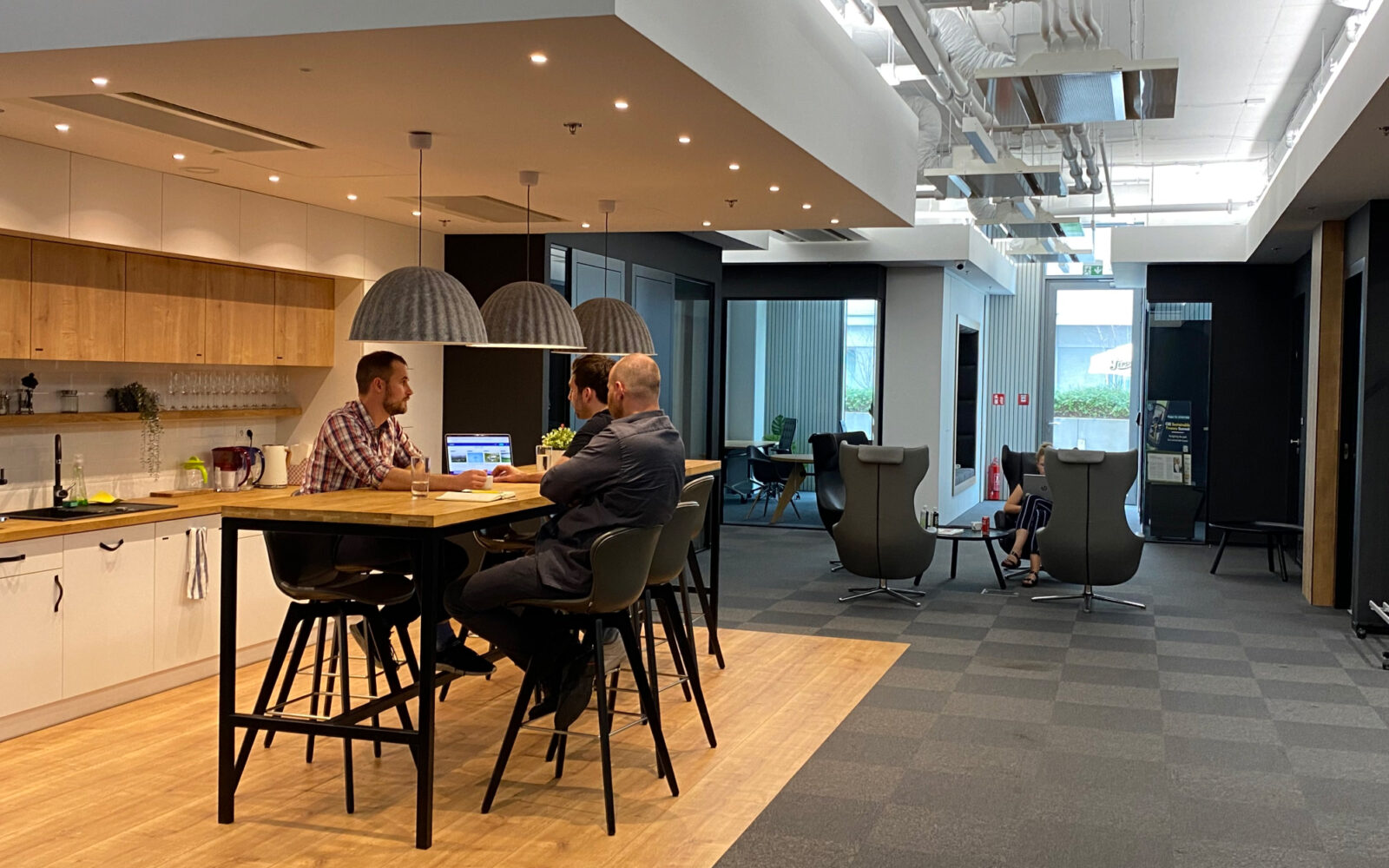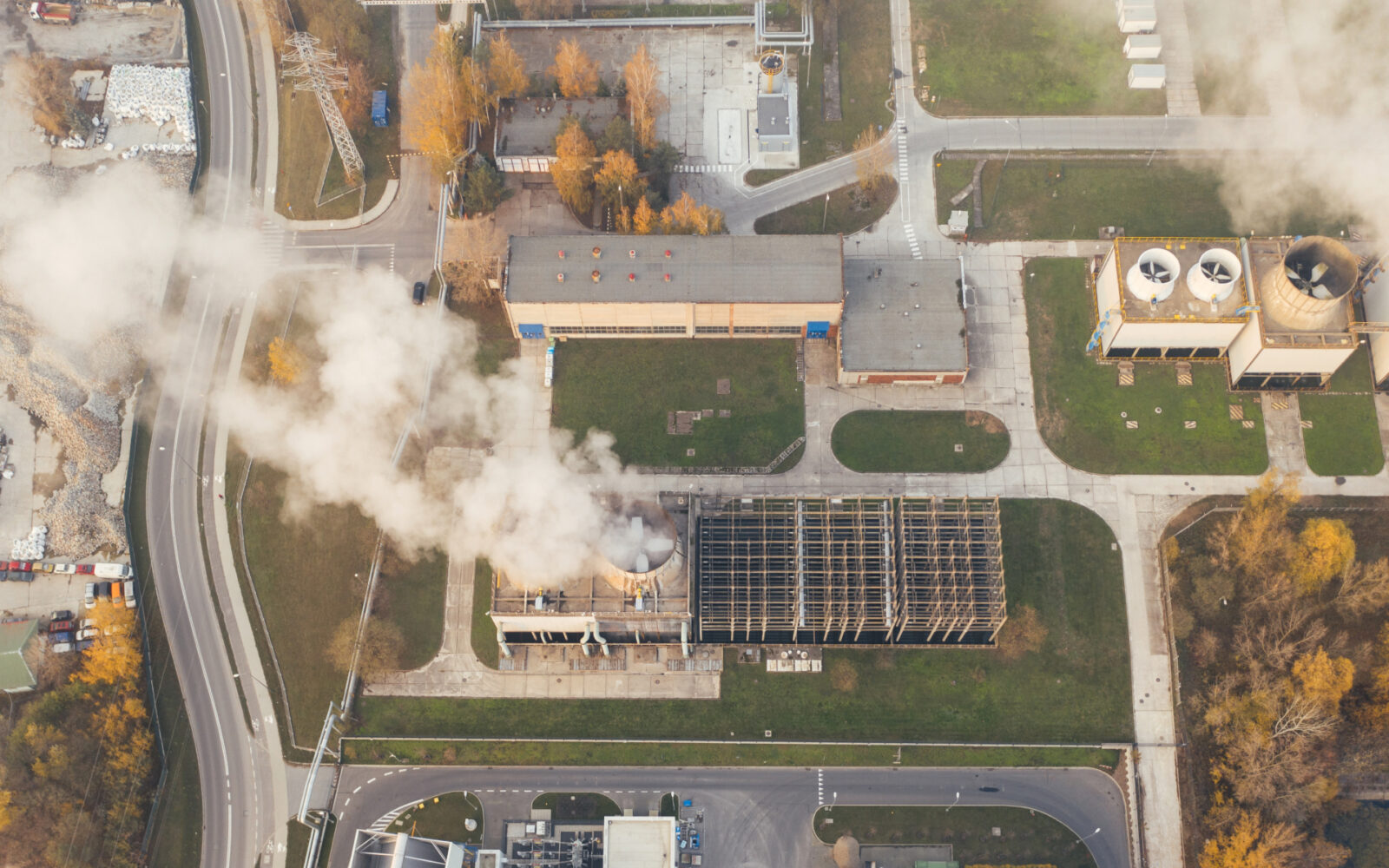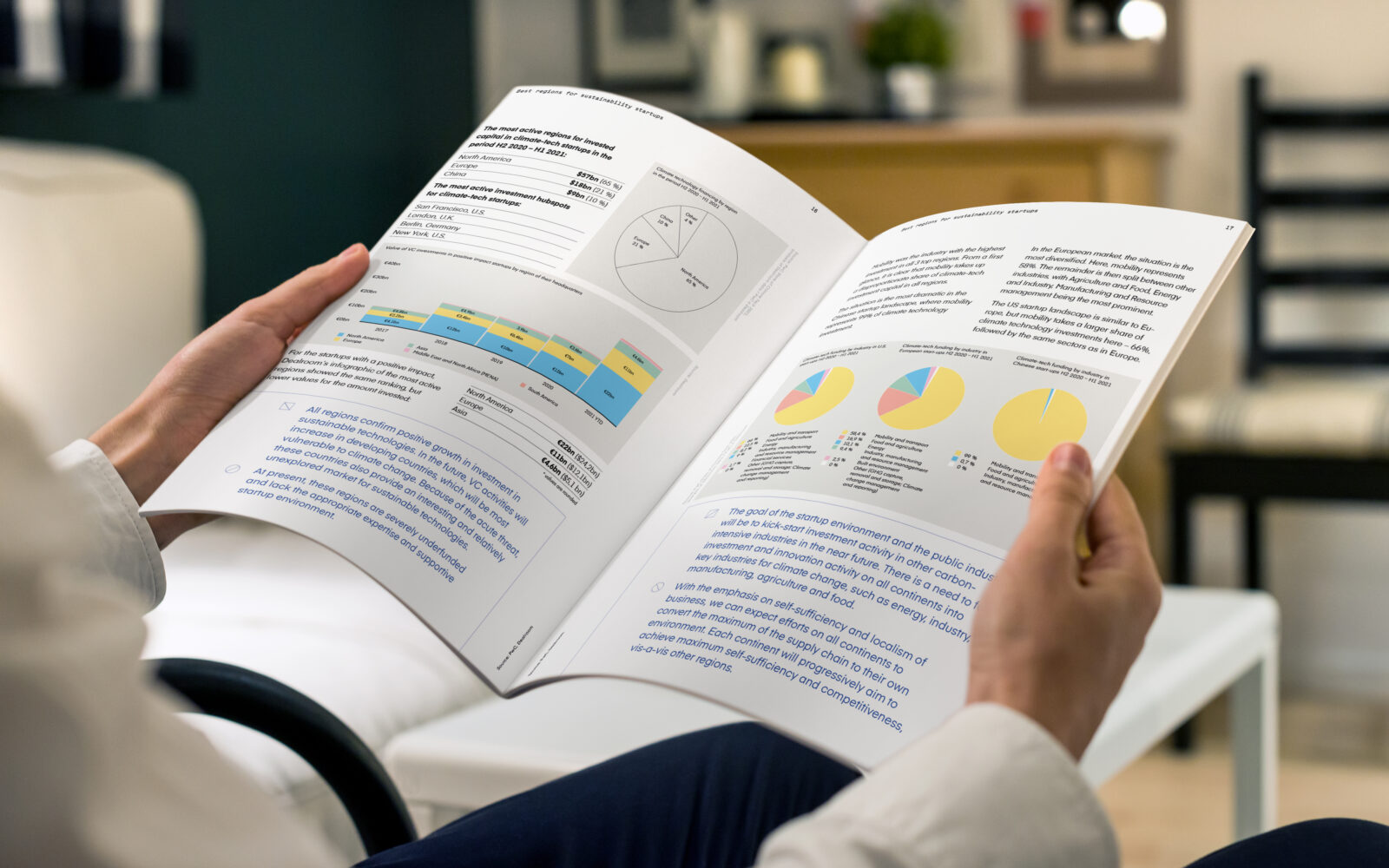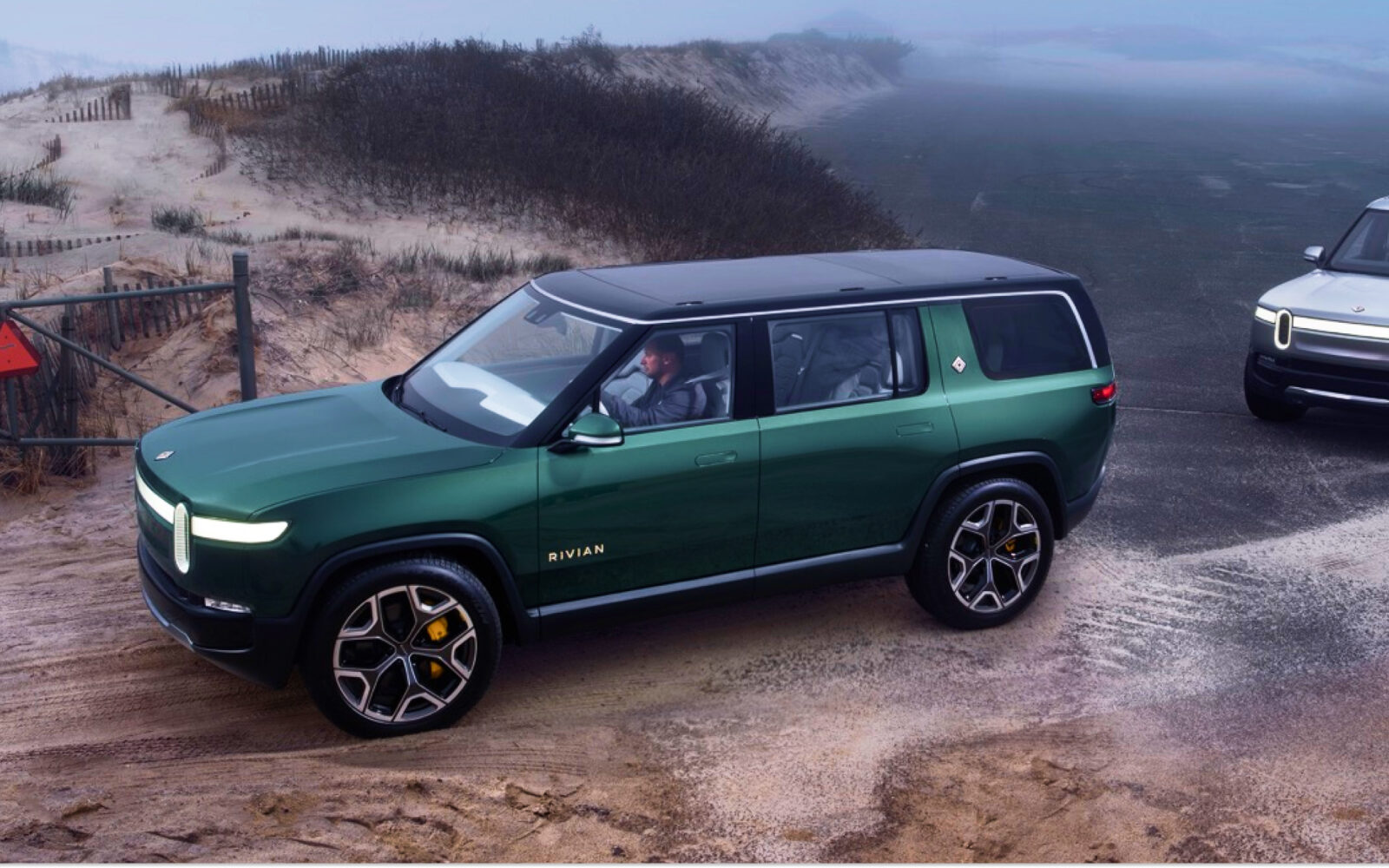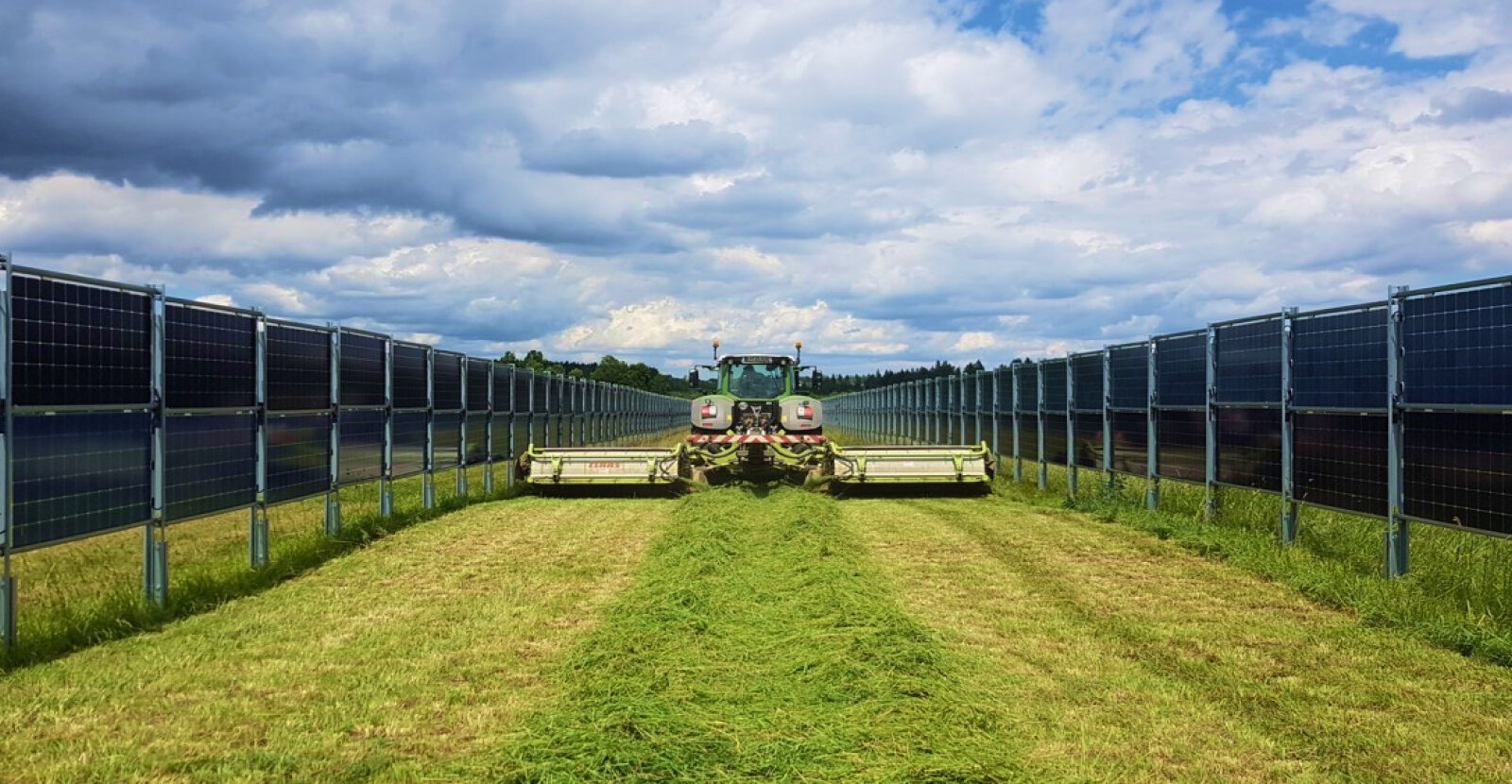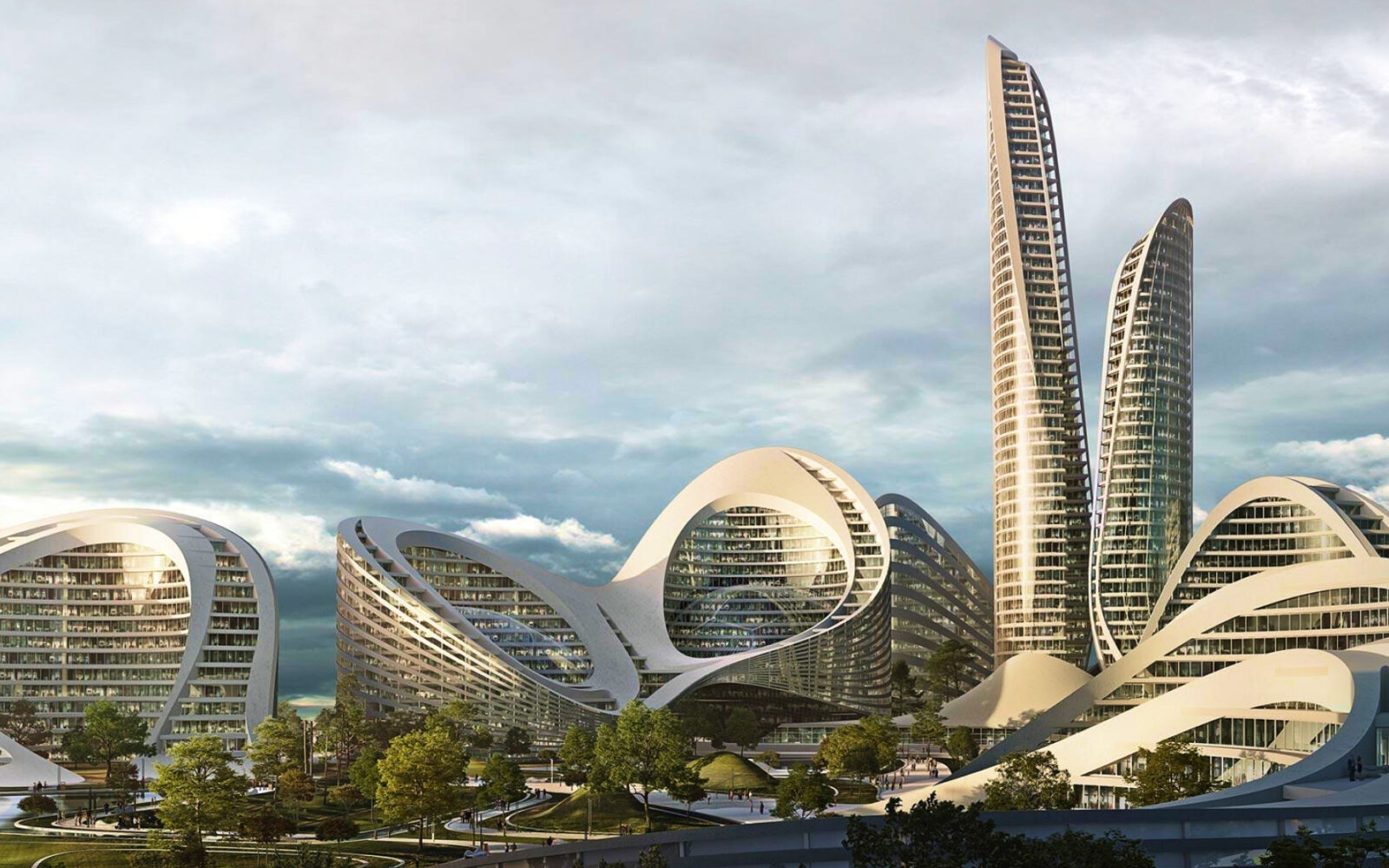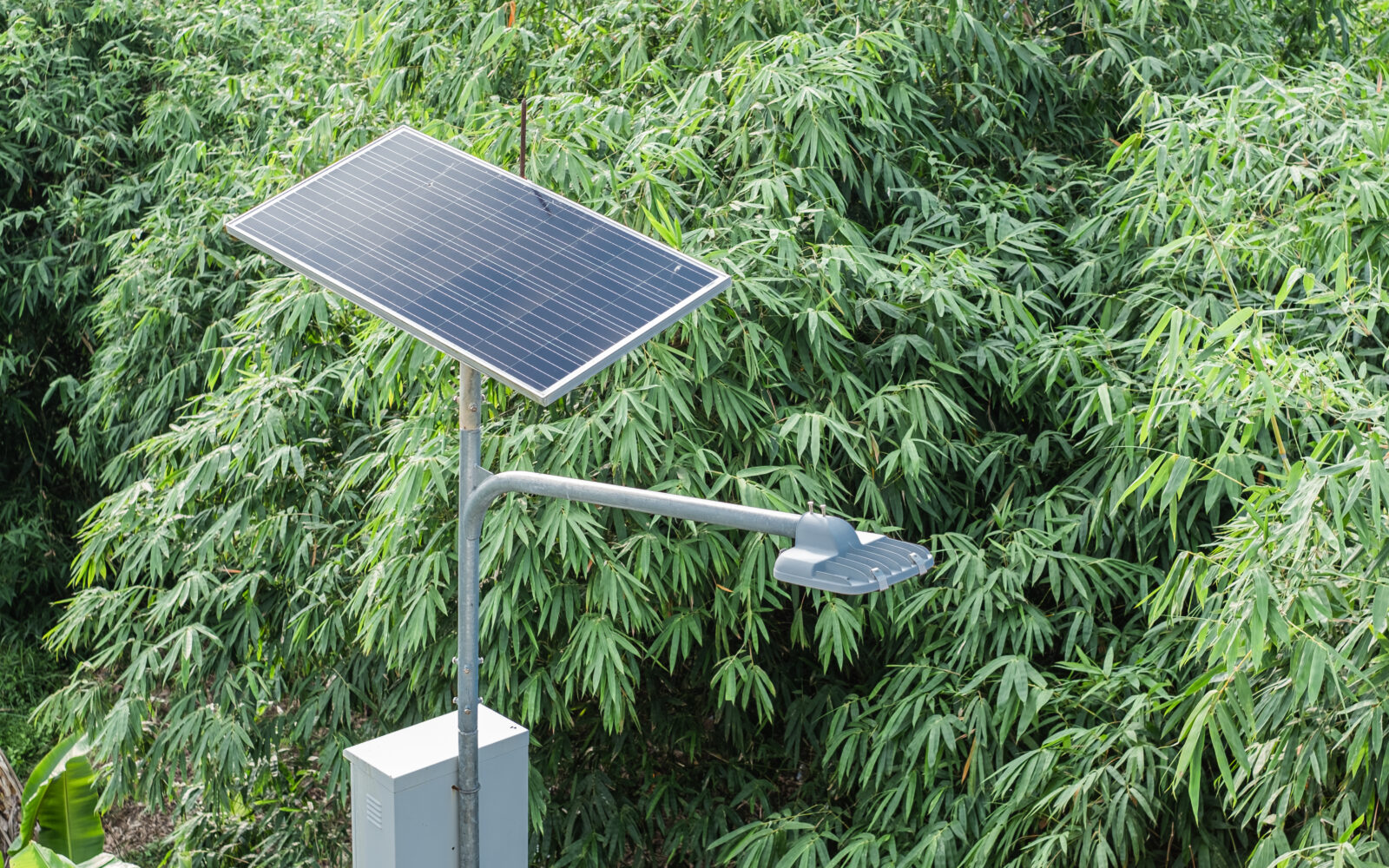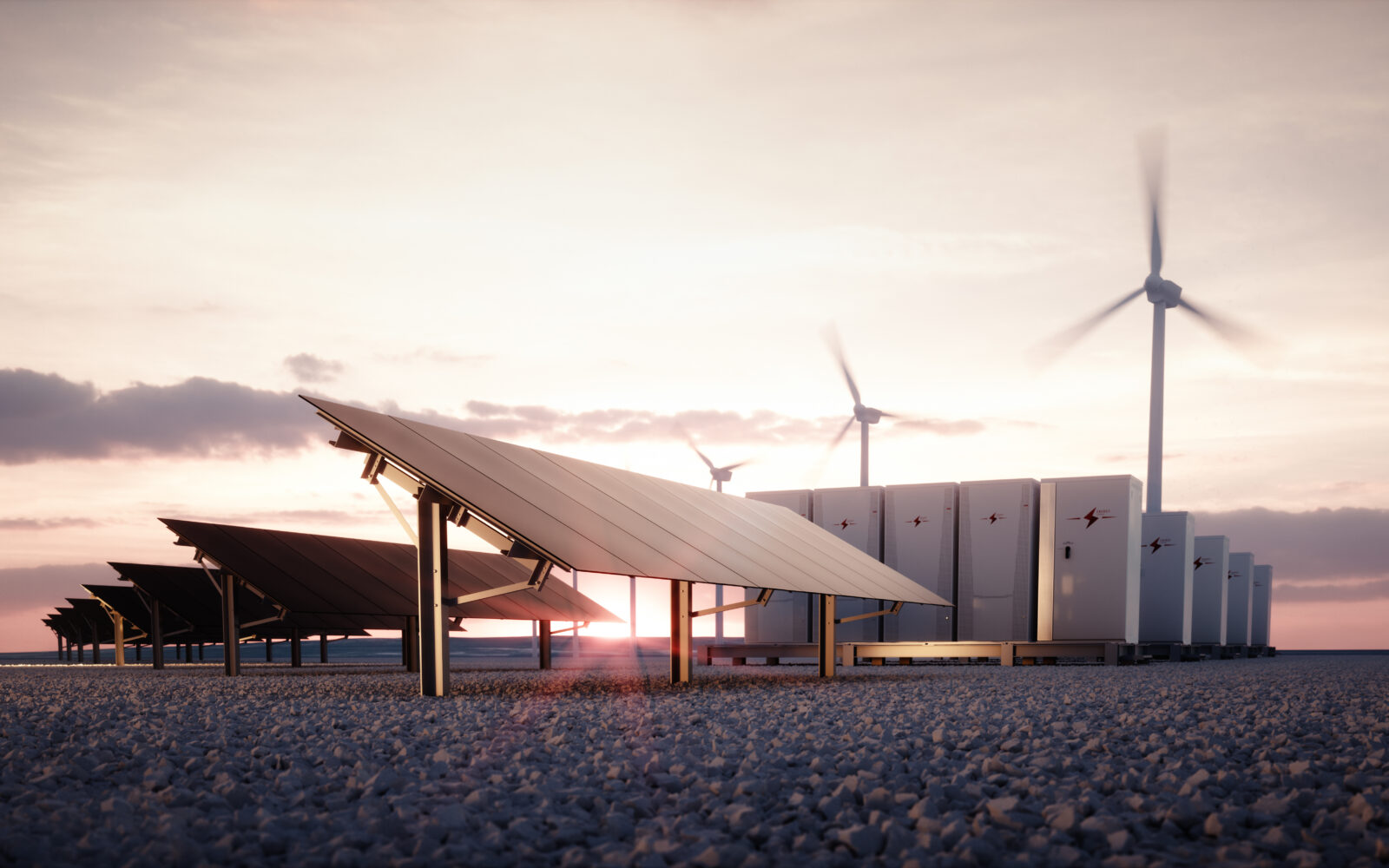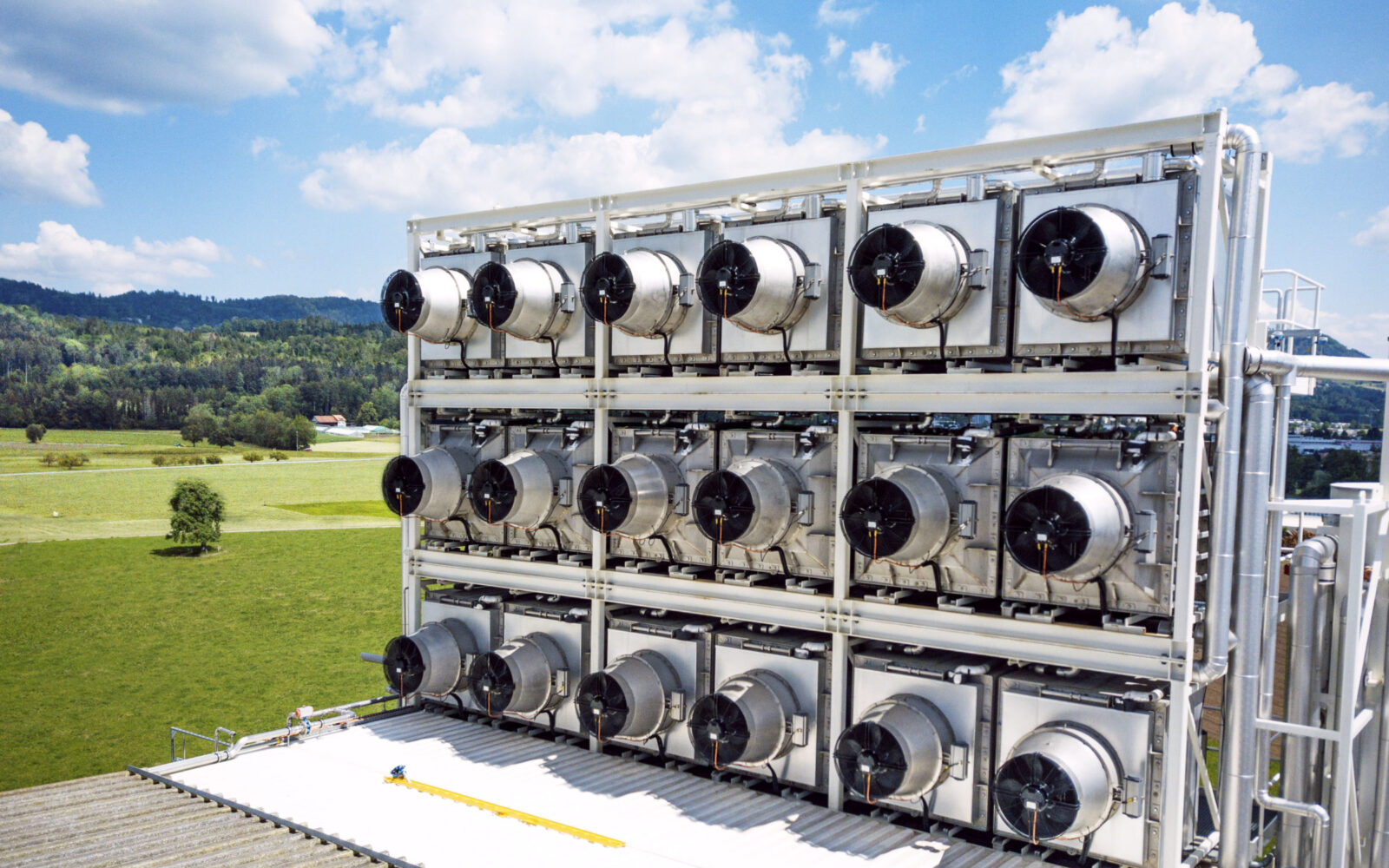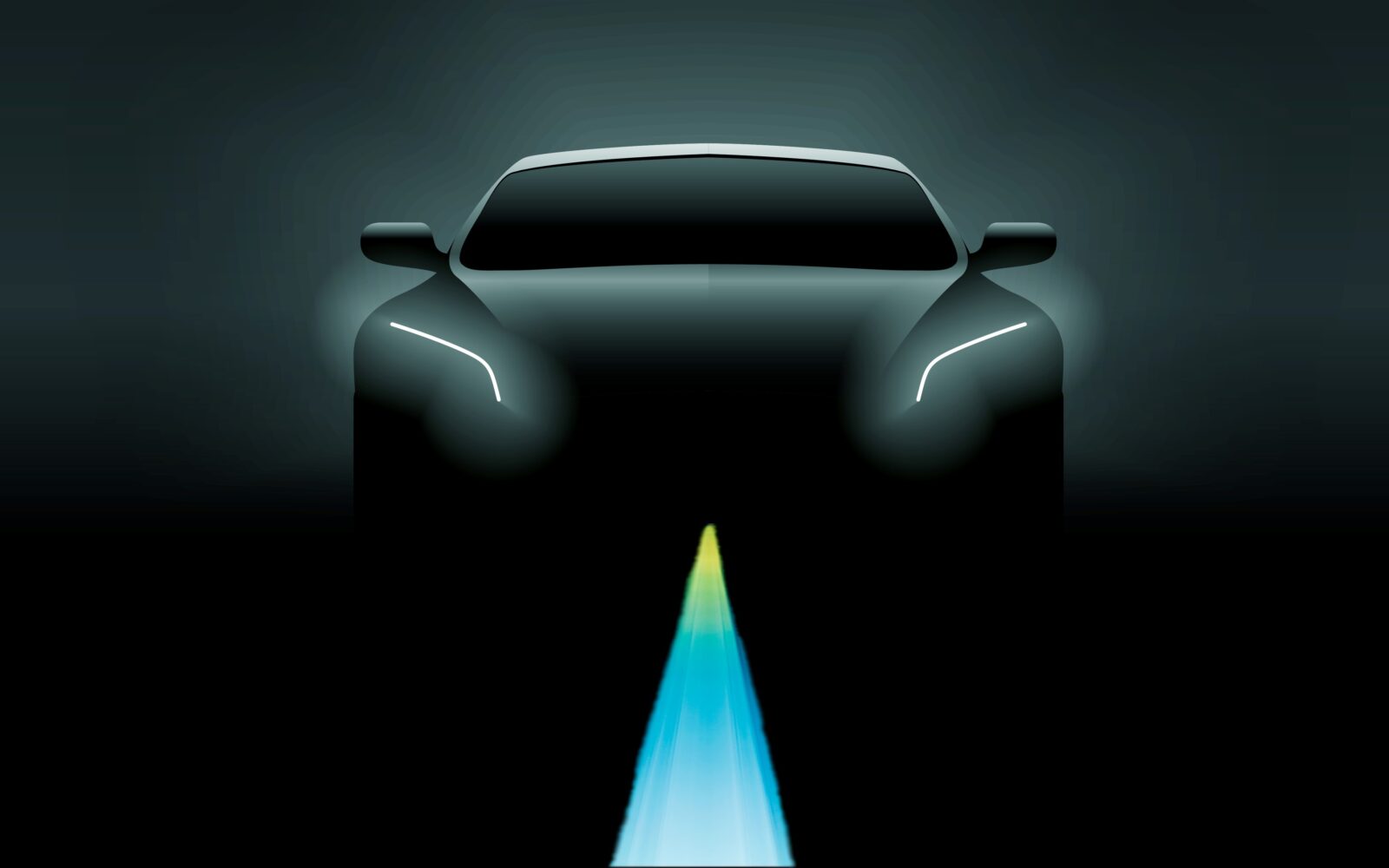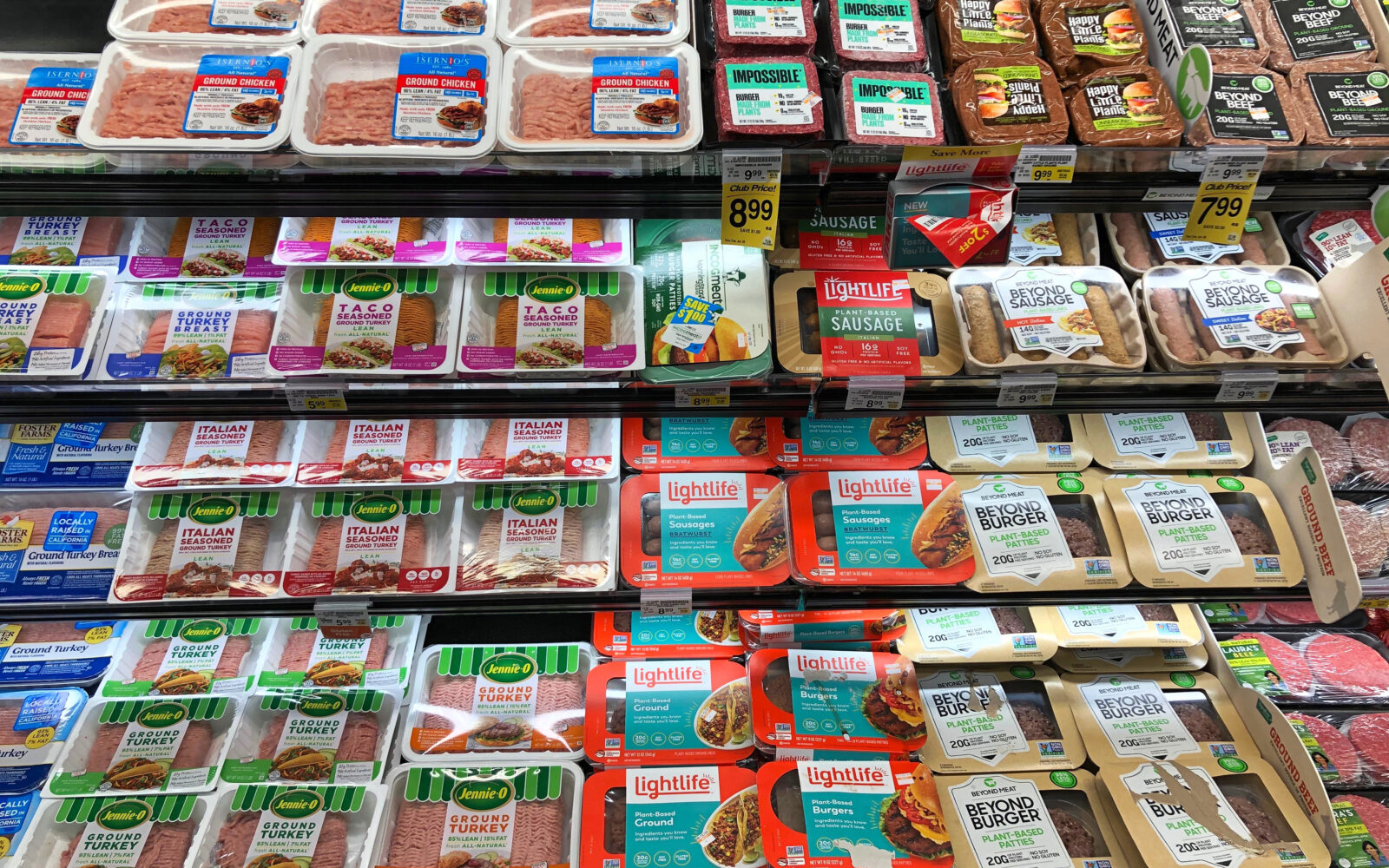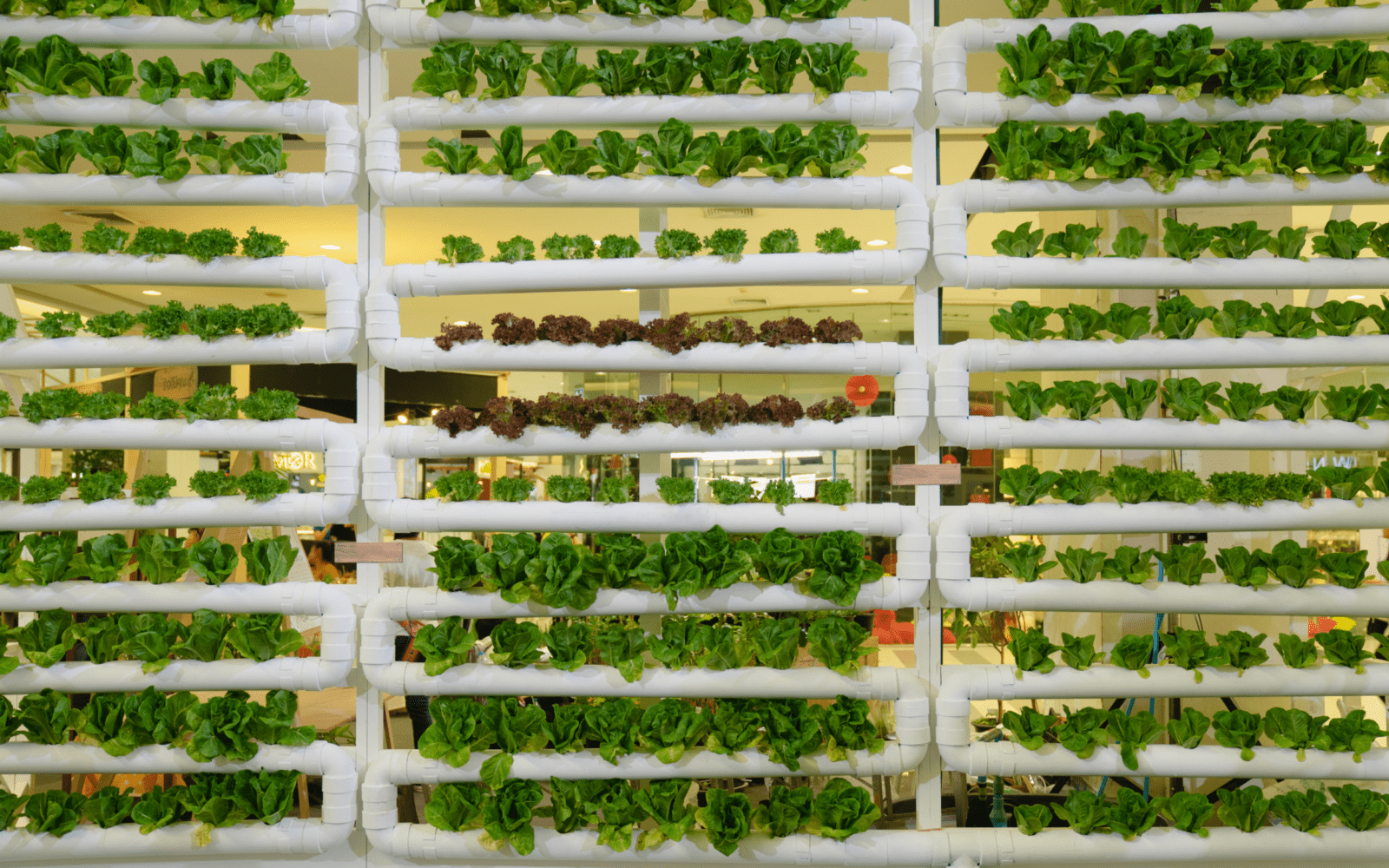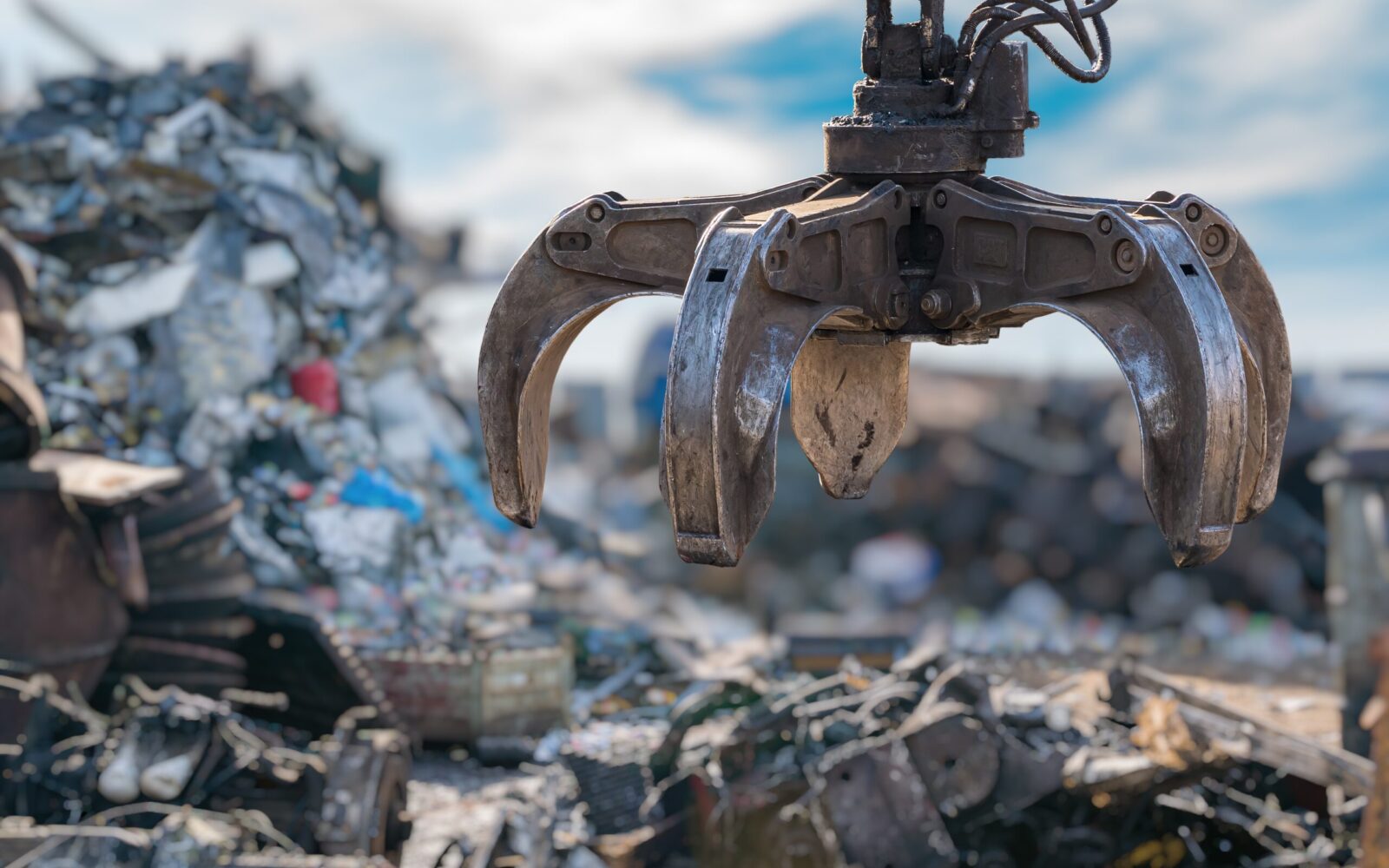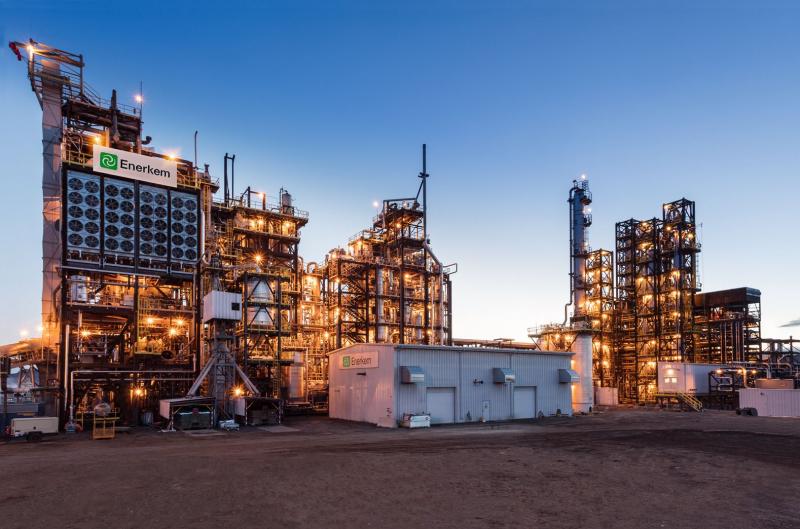Ex-engineers from SpaceX have developed a new concept of self-powered, electric and autonomous rail vehicles to decarbonize the freight industry, vehicles that operate in parallel and don’t require locomotives.
Freight transportation, and especially heavy-duty transportation, is one of the biggest contributors to the mobility sector production of greenhouse gases. The mobility industry itself accounts for a huge 16 % of global greenhouse gas emissions.
On land, the most efficient method for freight transportation is using the railways, which means there is a task to solve: ‘how to decarbonize the fossil-fuel dependent industry’.
Ex-engineers from SpaceX have brought us a new concept of self-powered, electric, autonomous rail vehicles, that can work parallelly.
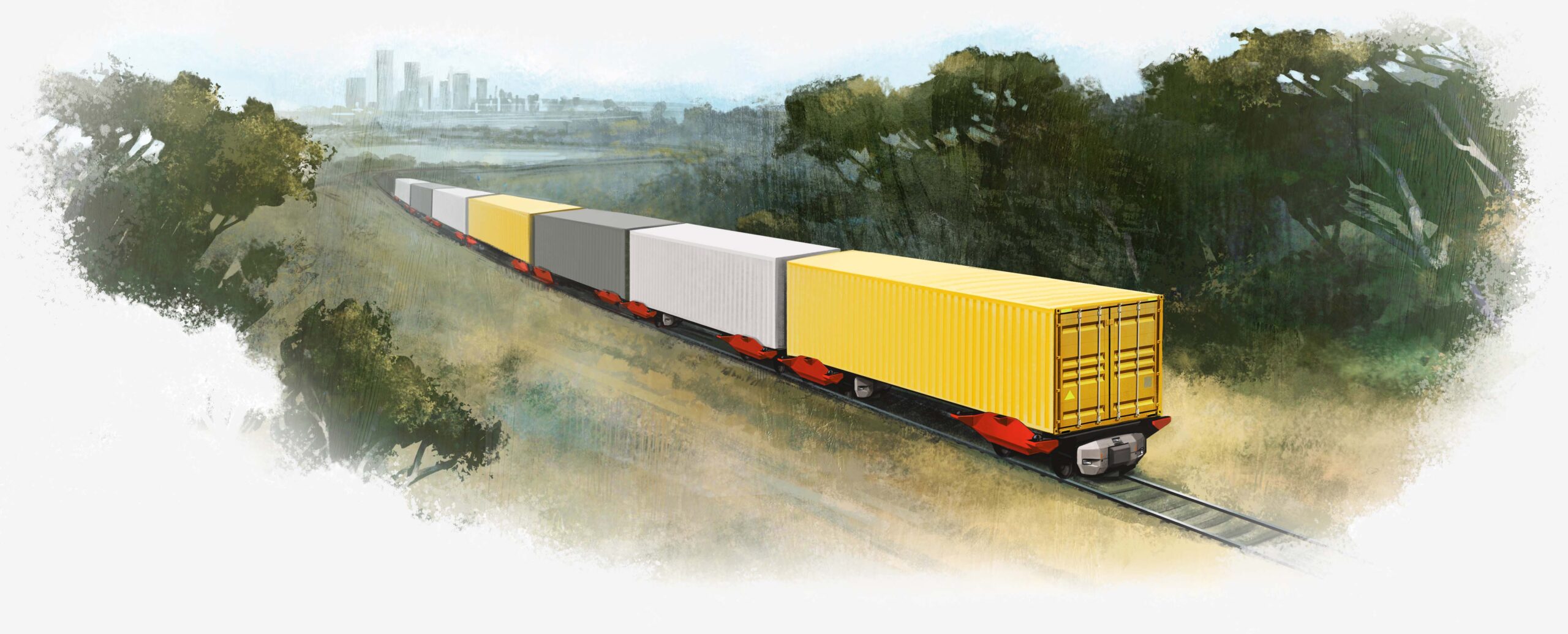
What are the advantages of parallel rail vehicles?
The team behind Parallel System is focused on U.S. truck freight transportation, with a valuation of $700bn, as their rail vehicles use only 25 % of energy compared to run trucks.
By making the rail vehicles self-powered the team in Parallel Systems avoided one of the biggest problems of electrifying rail transport – the need for massive input power to power up a locomotive with many waggons. But they still have the ability to form platoons.
This gives freight transportation a promising technology for reaching net-zero emissions, powering energy from fully renewable resources. With its smart concept design, the reduction of emissions should also be stronger compared to fossil-fuel alternatives already used today.
Another big problem with traditional trains is the flexibility to operate them, such as with parking or loading the carry. You need to have big spaces in order to park traditional trains and they require expensive maintenance technology.
Functionally parallelling the rail vehicles makes them easier to park, load and unload, with every vehicle being able to arrive, stop and go again immediately. This kind of flexibility is often the golden ticket in the transportation industry.
If the startup succeeds in its mission to replace semi-trucks as a carrier of freight transport, it could bring these benefits:
- Reduction of greenhouse gas emissions
- Less traffic on the roads
- Cleaner air
- Quieter neighbourhoods
- Reduced costs for freight transport operations
- Potential electrification of trail infrastructure
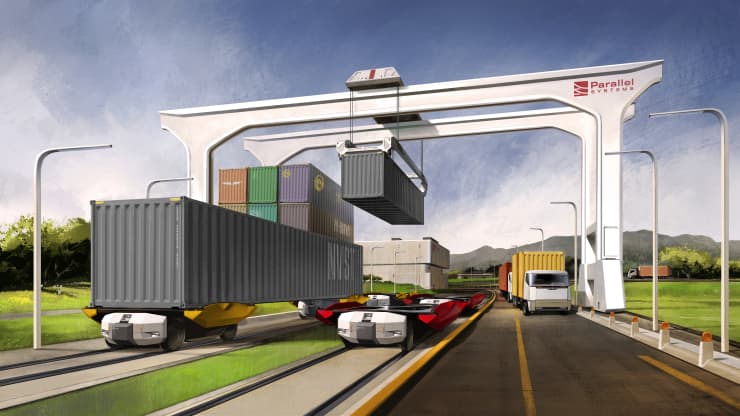
What is the next step in electrifying freight transportation? Prove the business behind the idea
To operate the rail vehicles successfully, the startup needs to develop an infrastructure of microterminals that can be used for loading and unloading freight, and a way to efficiently park the vehicles. The target is to build the microterminals where the customers and shippers are.
Right now, the people behind Parallel Systems have to prove the business behind their idea. In the end, the most important factor to the market is to make the solution more financially profitable or at least less financially expensive.
The startup secured a $50M Series A funding round to build a fleet of rail vehicles, execute advanced testing programs, and grow the team. The startup is still in its prototype stage with no customer or revenue yet, although it is already in discussion with some major companies in the industry, and receiving positive feedback to the idea.
__
We have to wait now to see the results from the pilot project to find out if this concept has the potential and deserves the funding of late-stage investors. If the idea is proven, it could represent a leash on how to innovate the whole rail transport to become net-zero.
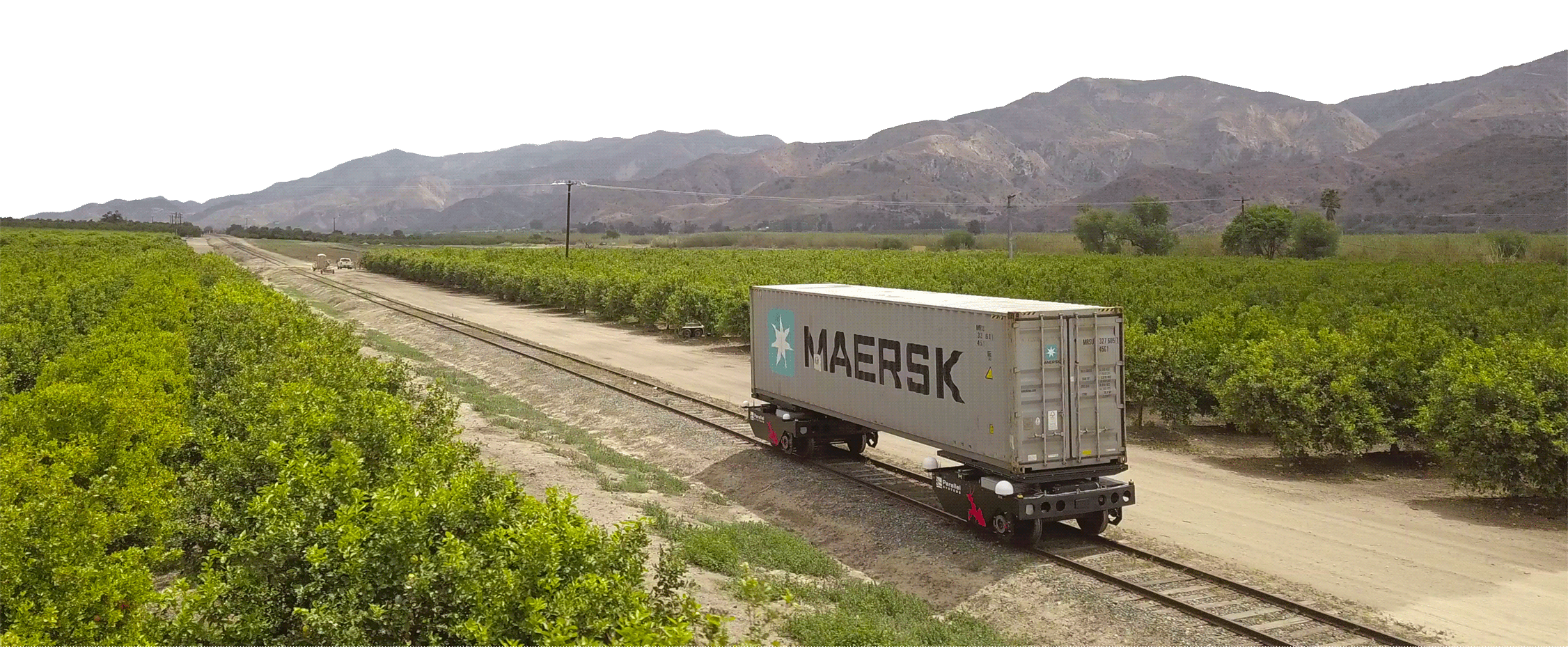
Sources:
- https://moveparallel.com/product/
- https://www.cnbc.com/2022/01/19/parallel-systems-ex-spacex-engineers-design-electric-train-cars.html
- https://futurism.com/the-byte/autonomous-electric-train-car?fbclid=IwAR1a5Ny1AHRK-DjYyGFx-gkiHUC11o2SmBVnAb230eo_4lC85_H1j49uo2c
- https://www.forbes.com/sites/alanohnsman/2022/01/19/spacex-veterans-aim-to-shake-up-freight-rail-with-electric-robotic-trains/?sh=526e8a49143e



